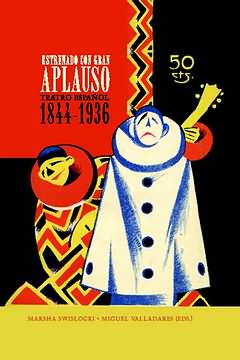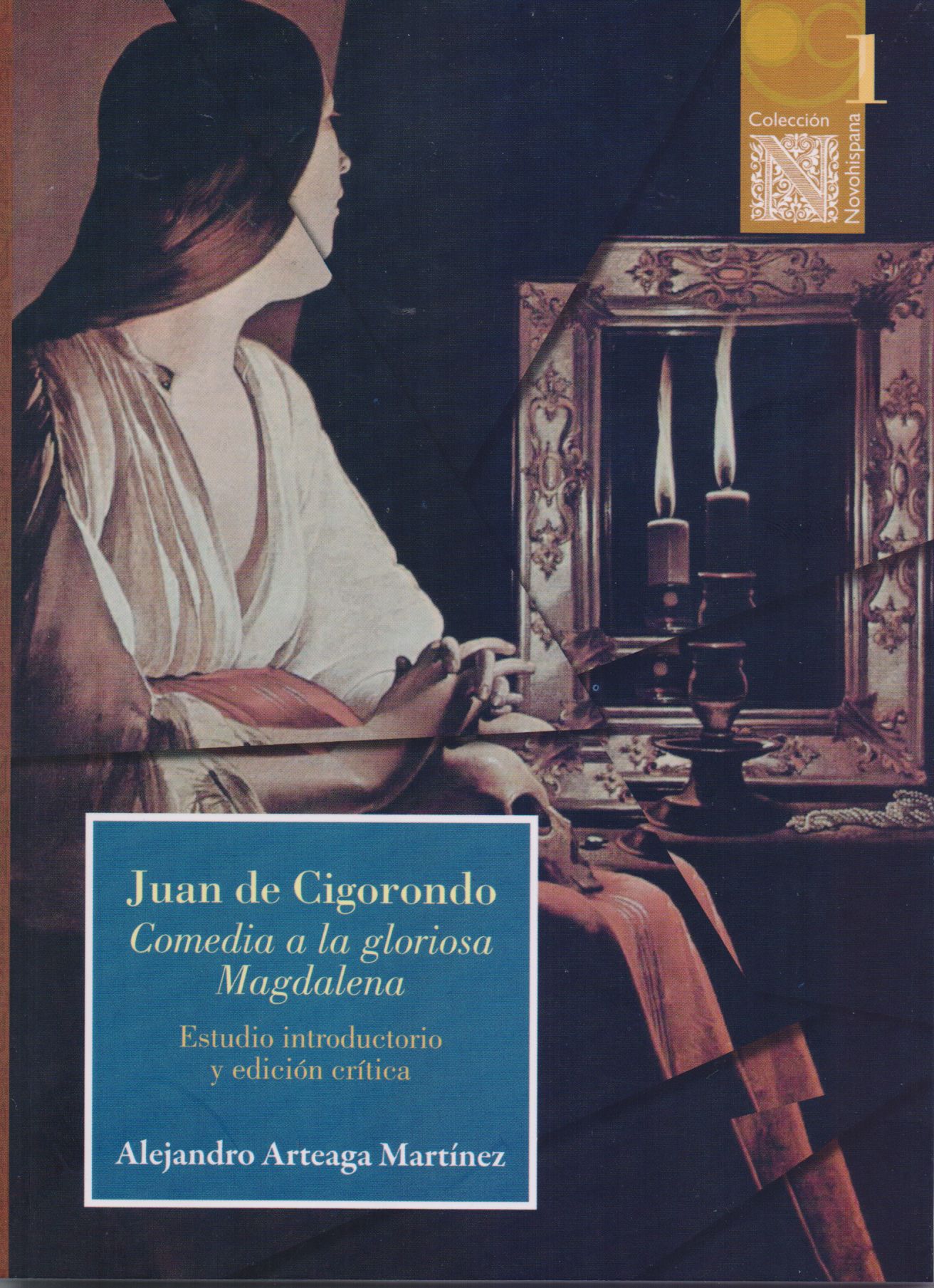Libros relacionados
 |
Lucha, La: la Historia de Lucha Castro y los Derechos Humanos en México Sack, Jon / Shapiro, Adam Editorial Resistencia, S.A. de C.V. |
 |
Lucha, La: la Historia de Lucha Castro y los Derechos Humanos en México Sack, Jon / Shapiro, Adam Editorial Resistencia, S.A. de C.V. |
 |
Teatro Átmico, Sagrado Sacerdocio: Ensayo Filosófico y Teoría Científica Sobre T Rangel Mora, Zonia Editorial Verdesoma |
 |
Emocionar Escribiendo. Teatralidad y Generos Literarios en la España Aurea Gentillo, Luciana; Londero, Renata (Eds.) Iberoamericana Vervuert |
 |
Estrenado Con Gran Aplauso. Teatro Español 1844-1936 Swislolocki Marsha/ Valladares Miguel (Eds) Iberoamericana Vervuert |
 |
Escena Imaginaria , La. Poetica del Teatro de Miguel de Cervantes . Gonzalez Maestro, Jesus Iberoamericana Vervuert |
 |
Alas del Pez, Las: Pieza Dramática en Tres Actos Sánchez Mayáns, Fernando Editorial Resistencia, S.A. de C.V. |
 |
Juan de Cigorondo. Comedia a la Gloriosa Magdalena Arteaga Martínez, Alejandro Bonilla Artigas Editores |


|
Título: Beauty, Violence, Representation | |
| Autor: Romanets Maryna | Precio: $1356.00 | |
| Editorial: Routledge | Año: 2013 | |
| Tema: Teatro, Violencia, Belleza | Edición: 1ª | |
| Sinopsis | ISBN: 9780415829403 | |
| This volume explores the relationship among beauty, violence, and representation in a broad range of artistic and cultural texts, including literature, visual art, theatre, film, and music.
Charting diversifying interests in the subject of violence and beauty, dealing with the multiple inflections of these questions and representing a spectrum of voices, the volume takes its place in a growing body of recent critical work that takes violence and representation as its object. This collection offers a unique opportunity, however, to address a significant gap in the critical field, for it seeks to interrogate specifically the nexus or interface between beauty and violence. While other texts on violence make use of regimes of representation as their subject matter and consider the effects of aestheticization, beauty as a critical category is conspicuously absent. Furthermore, the book aims to "rehabilitate" beauty, implicitly conceptualized as politically or ethically regressive by postmodern anti-aesthetics cultural positions, and further facilitate its come-back into critical discourse. |
||
Librería Bonilla SA de CV © Todos los derechos reservados. 2019
Última actualización: Jul 2019




